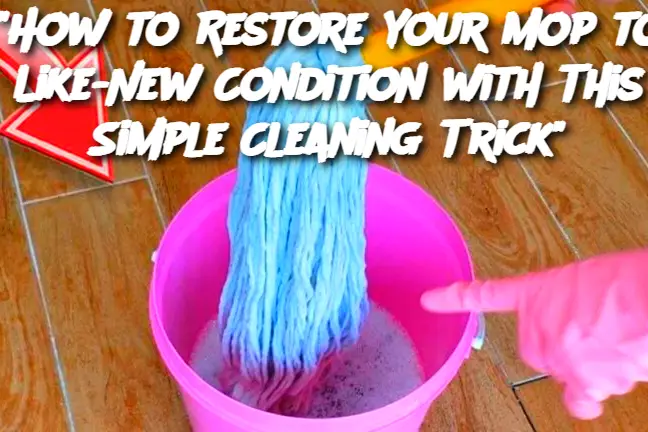ADVERTISEMENT
For an extra deep clean: If your mop has stubborn stains or smells, add 1/4 cup of hydrogen peroxide to the solution. This will help disinfect the mop further while removing tough stains.
For a gentler clean: If you’re concerned about using vinegar, you can substitute it with a mild detergent solution and warm water. This will still help break down grime without the strong smell of vinegar.
Frequently Asked Questions:
1. How often should I clean my mop?
It’s recommended to clean your mop after each use, especially if you’ve been using it to clean up heavy dirt or spills. At a minimum, once a week should suffice to keep your mop in good condition.
2. Can I use this method on all types of mop heads?
This method works well on most fabric or microfiber mop heads. However, check the care instructions for your specific mop type to ensure it’s compatible with soaking in water and vinegar.
3. Will this cleaning method remove all the bacteria from my mop?
Yes! The combination of baking soda, vinegar, and soap helps disinfect and remove bacteria, leaving your mop clean and sanitized.
4. Can I use this method on a mop with a removable head?
Absolutely! This method is ideal for mops with removable heads, as you can soak and scrub them more thoroughly.
5. My mop head smells even after cleaning. What should I do?
If the smell persists, try soaking the mop head overnight in a mixture of water and a little bit of baking soda, which will help neutralize odors. Alternatively, add a few drops of essential oils like lavender or tea tree oil to the drying mop for a fresh scent.
ADVERTISEMENT
